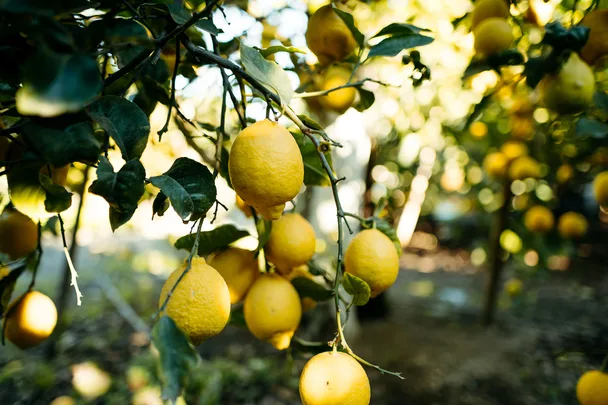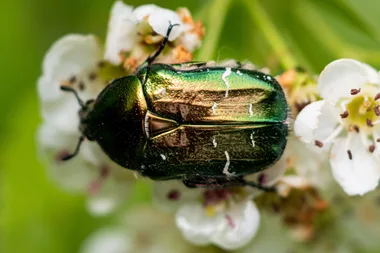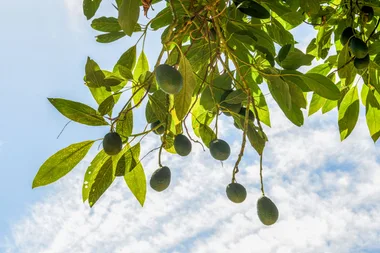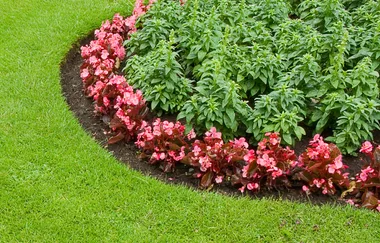Growing citrus trees can be very rewarding.
If you look after them right, they will produce juicy fruit crops for years to come. That is if you provide the proper nutrients through fertiliser.
Proper fertilisation gives citrus trees essential nutrients for growth, development, and overall health. Well-nourished trees are better equipped to withstand environmental stressors, pests, and diseases.
Aphids, scale insects, and citrus leaf miners are pests often drawn to succulent new growth on citrus trees.
When should I fertilise my citrus trees?
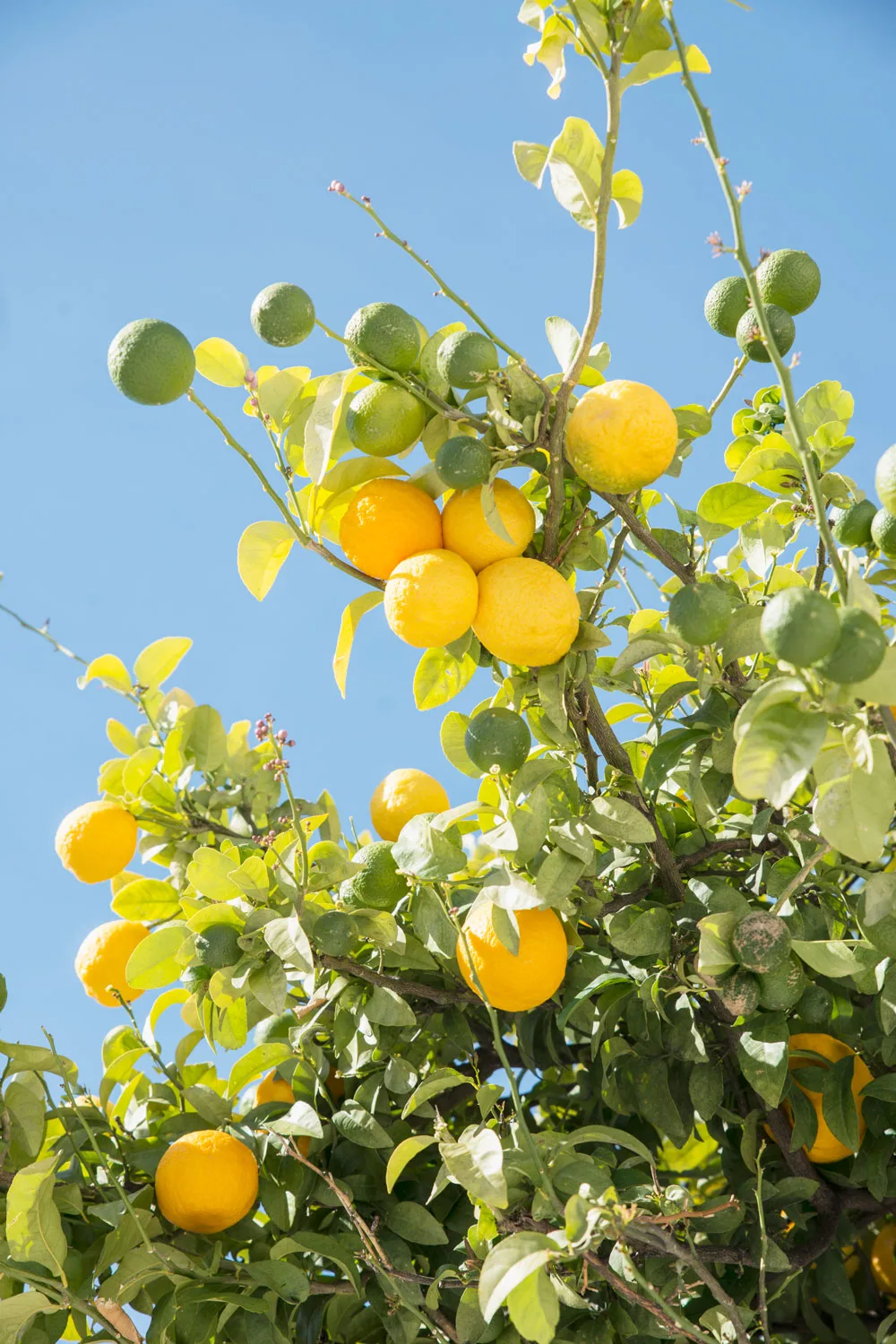
Ideally, you should fertilise your citrus trees every two to three months, starting in early September and ending in April.
Fertilising citrus trees is not recommended during the winter months of June to August. The cold temperatures inhibit root activity, reducing the tree’s ability to absorb nutrients efficiently.
In his weekly Good Gardening email, South Australian gardening icon Jon Lamb echoes this advice, adding that your tree’s leaves might turn yellow if you get the timing of your fertiliser wrong.
“Feeding citrus in the middle of winter is rather pointless as the ground is too cold for their roots to take up enough plant food to maintain their dark green colour.
“If you haven’t fed the trees in three or four months, do it now. April is an ideal time to apply fertiliser to all citrus trees. Remember that it will take several weeks for the nutrients to be changed into a form the trees can use.”
However, this advice may vary depending on where you live. While it’s generally advisable to avoid fertilising citrus trees during the winter months in most Australian climate zones, there can be exceptions depending on local conditions. Light fertilisation during winter may still benefit regions with mild winters or climates where citrus trees exhibit active growth throughout the year, such as parts of Queensland and Western Australia.
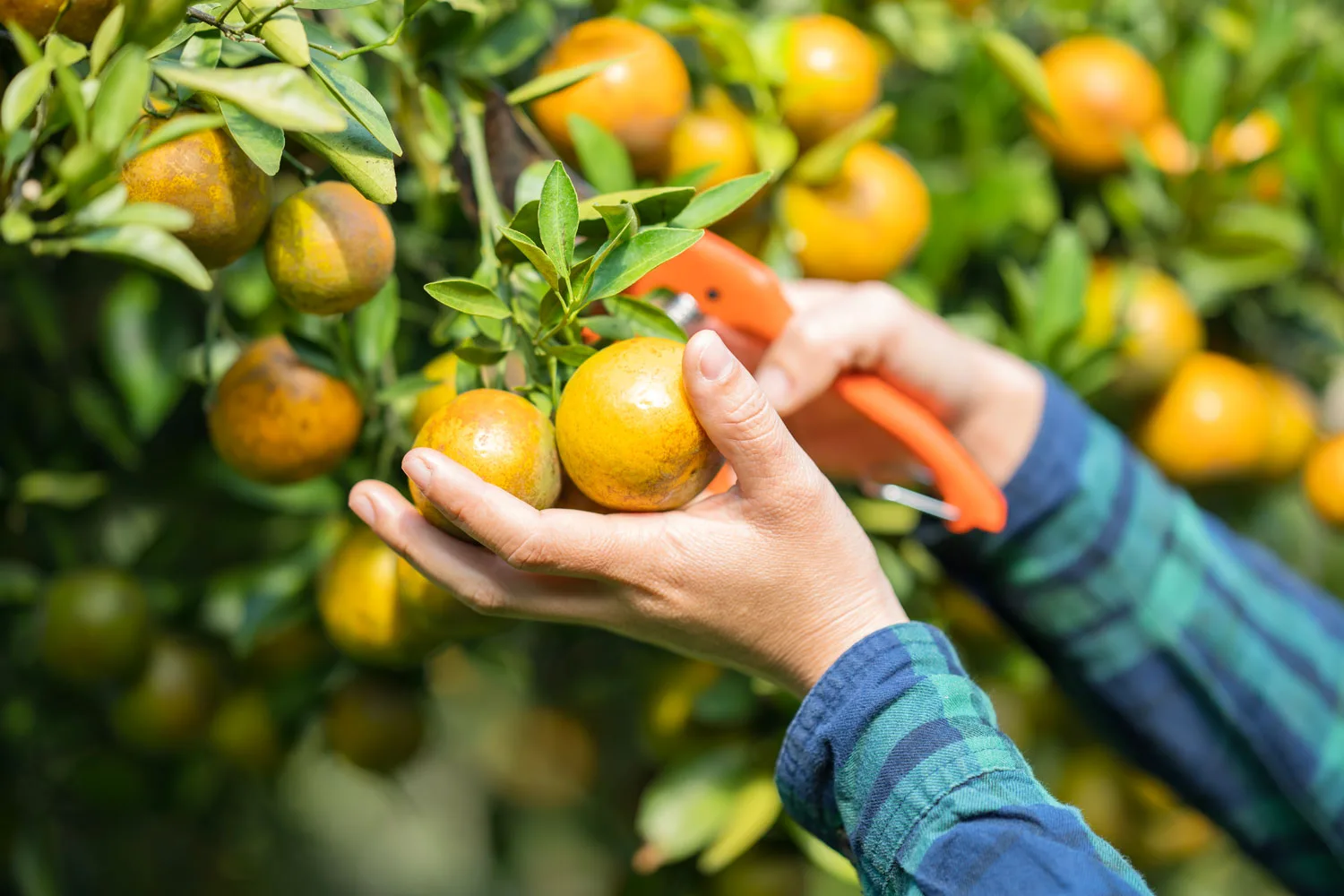
What is the best fertiliser for citrus trees?
Citrus trees have specific nutrient needs, primarily nitrogen, phosphorus, and potassium (N-P-K). Look for a fertiliser formulated specifically for citrus trees. Additionally, it should contain micronutrients like iron, manganese, and zinc, which are crucial for citrus health.
In his Guide To Plants, Paul Bangay reminds us that citrus plants are heavy feeders and must be fed frequently.
“I use well-rotted manures, but there are good citrus fertilisers on the market, too,” he writes.
Is blood and bone suitable for citrus?
Blood and bone meal can benefit citrus trees by providing a slow-release source of nitrogen and phosphorus. However, it may lack other essential micronutrients that citrus trees require.
Is dynamic lifter good for citrus?
Dynamic lifter is an organic fertiliser from poultry manure, blood and bone, and fish meal. It can be suitable for citrus trees as it provides a range of nutrients and promotes soil health. However, it’s essential to check the nutrient content to ensure it meets the specific needs of citrus trees.
When should I feed my lemon tree?
While lemon trees are citrus fruits, there may be differences between fertilising lemon trees and other types of citrus.
- Specific nutrient needs: Lemon trees may require higher micronutrients like magnesium and iron.
- Continuous fruiting: Lemon trees produce fruit year-round, requiring consistent nutrient support.
- pH preferences: They prefer slightly acidic soil, so fertilisers should not significantly alter pH.
- Fertiliser formulation: While general citrus fertilisers work, specialised formulations may cater to lemon tree needs.
- Application timing: Adjusting fertilisation schedules based on climate, soil, and tree health optimises results.
How to fertilise a citrus tree
- Choose the right fertiliser: Select a fertiliser specifically formulated for citrus trees.
- Timing: Fertilise citrus trees during the active growing season, typically from late winter to early autumn.
- Calculate the amount: Work out how much fertiliser you need based on the size and age of your citrus trees. Refer to the fertiliser package instructions for guidance on application rates.
- Spread the fertiliser: Remove any mulch around your tree. Apply the fertiliser evenly around the tree’s base, starting a few inches from the trunk and out to the drip line (the outer edge of the tree’s canopy). Avoid placing fertiliser directly against the trunk to prevent burning.
- Water thoroughly: After applying the fertiliser and mulch, water the area thoroughly to help dissolve the fertiliser and carry nutrients down to the roots. Then, reapply the mulch.
